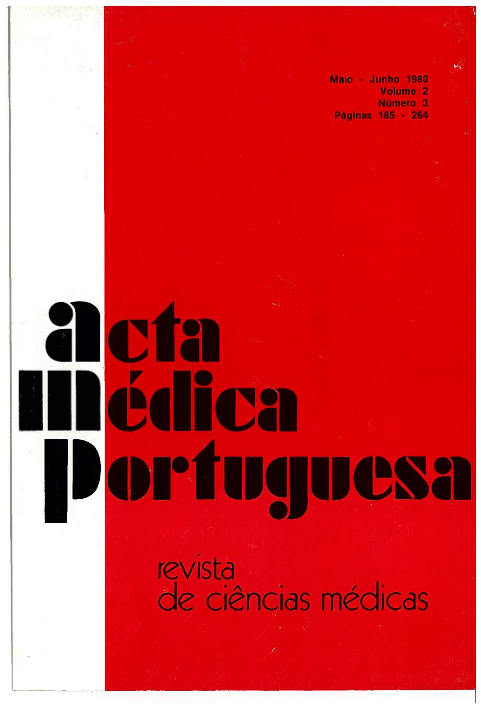Exploration of the hypothalamic-pituitary-adrenal axis in the aged.
DOI:
https://doi.org/10.20344/amp.3944Abstract
In order to investigate the adrenocortical axis in aged people, we have evaluated adrenal function through different dynamic parameters. Seven healthy elderly patients, 4 women and 3 men, whose ages ranged from 70 to 91 years were studied; cortisol concentration in serum was evaluated at 8 a.m. and 4 p.m. (circadian rhythm) as well as the responses to inhibition (Nugent) and stimulation tests (synthetic ACTH and Calcium test). The cortisol levels at 8 a.m. and 4 p.m. were 15 ± 3.5μg/100ml and 7.5± 1.92μg/10Oml respectively. The Nugent test showed a significant inhibition of cortisol (p<0.025); the stimulation tests either with ACTH or Calcium caused a significant increase in circulating cortisol (p<0.005). The results obtained demonstrate both the normality of the basal concentration of cortisol and of the circadian rhythm and the response to the inhibition and stimulation tests. We can draw the conclusion that the aged person has an adequate reserve in the hypothalamic-pituitary-adrenal axis.
Downloads
Downloads
How to Cite
Issue
Section
License
All the articles published in the AMP are open access and comply with the requirements of funding agencies or academic institutions. The AMP is governed by the terms of the Creative Commons ‘Attribution – Non-Commercial Use - (CC-BY-NC)’ license, regarding the use by third parties.
It is the author’s responsibility to obtain approval for the reproduction of figures, tables, etc. from other publications.
Upon acceptance of an article for publication, the authors will be asked to complete the ICMJE “Copyright Liability and Copyright Sharing Statement “(http://www.actamedicaportuguesa.com/info/AMP-NormasPublicacao.pdf) and the “Declaration of Potential Conflicts of Interest” (http:// www.icmje.org/conflicts-of-interest). An e-mail will be sent to the corresponding author to acknowledge receipt of the manuscript.
After publication, the authors are authorised to make their articles available in repositories of their institutions of origin, as long as they always mention where they were published and according to the Creative Commons license.









